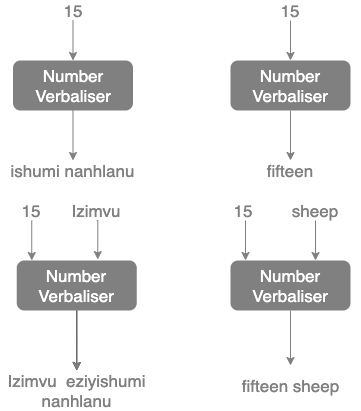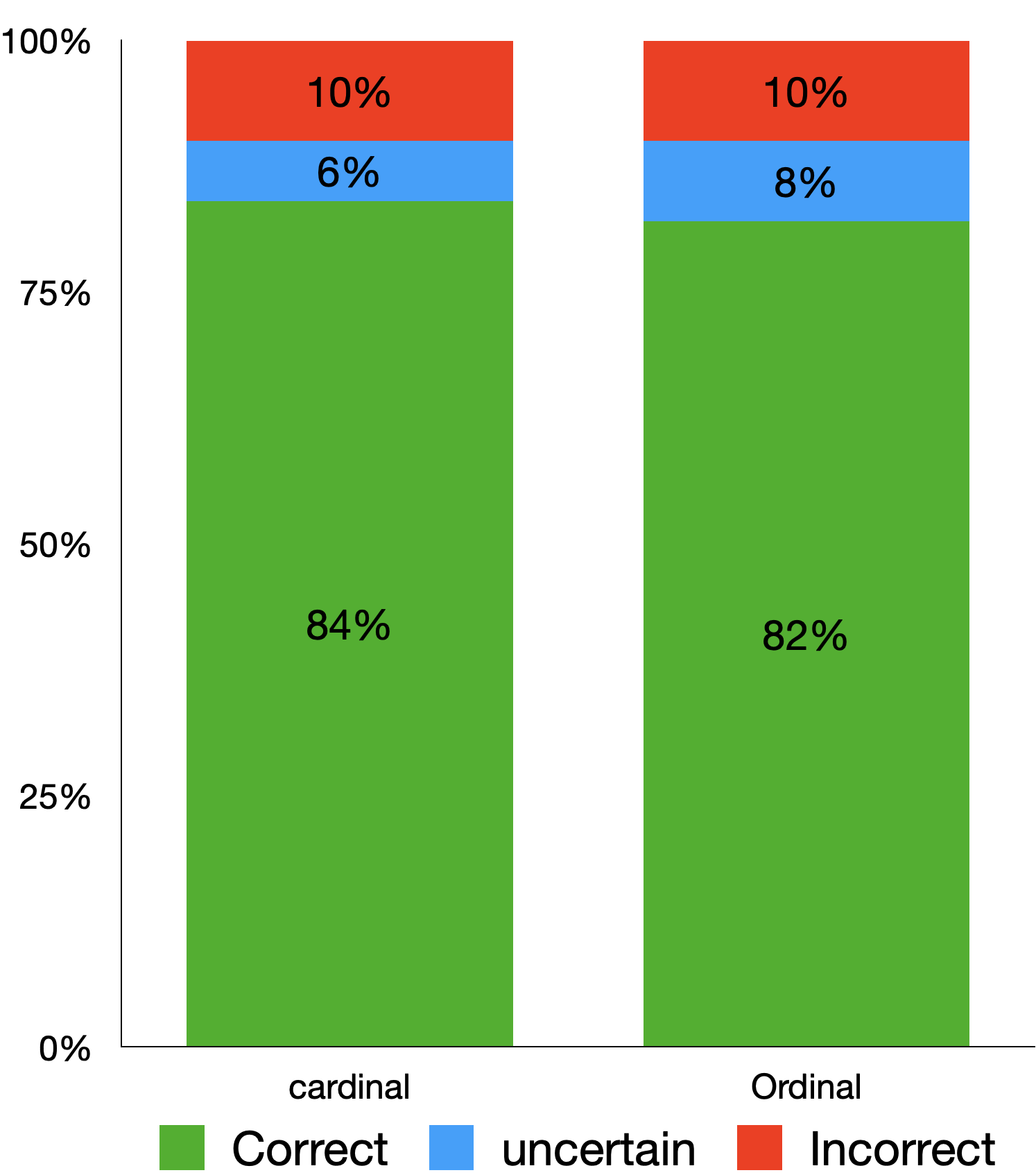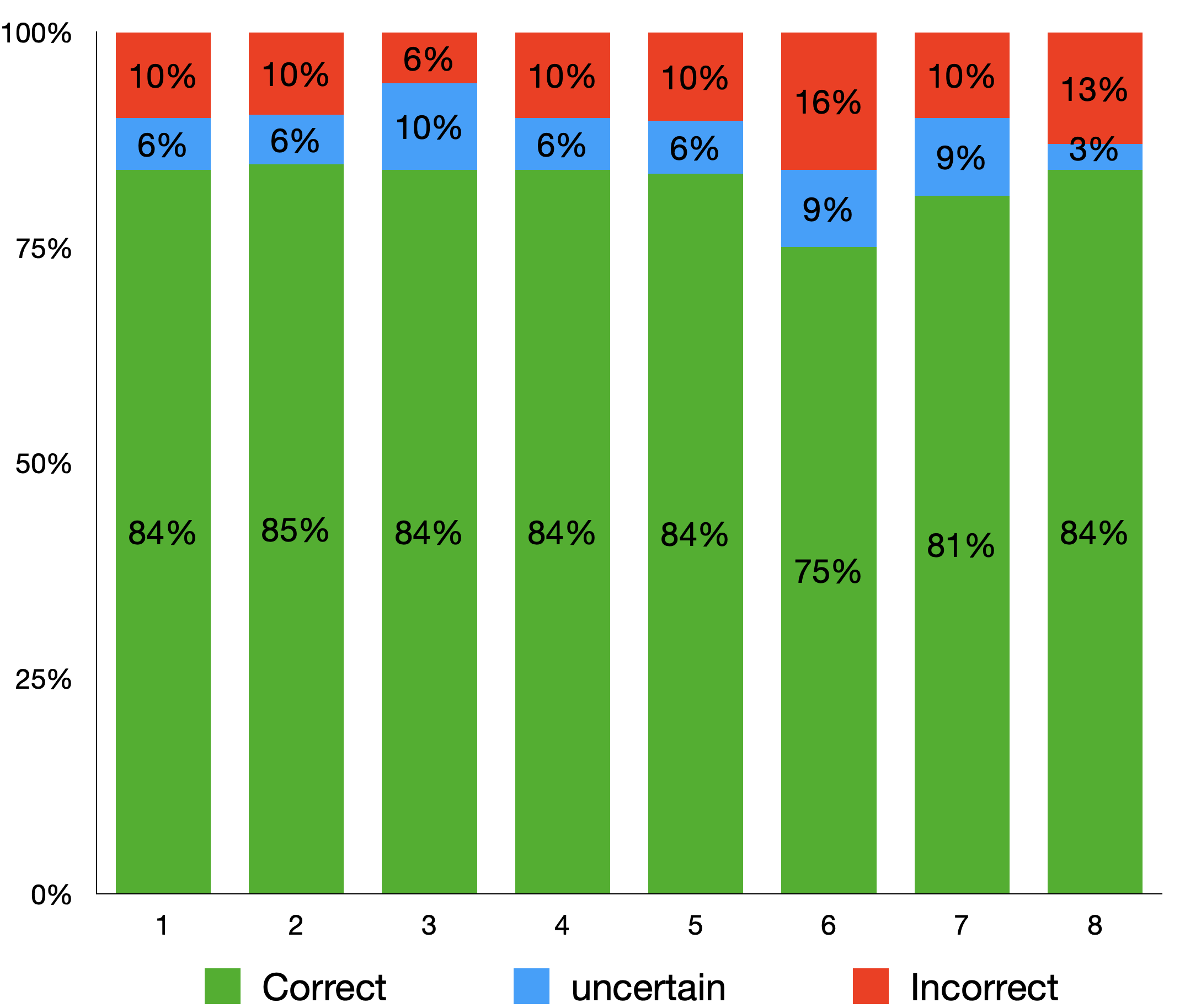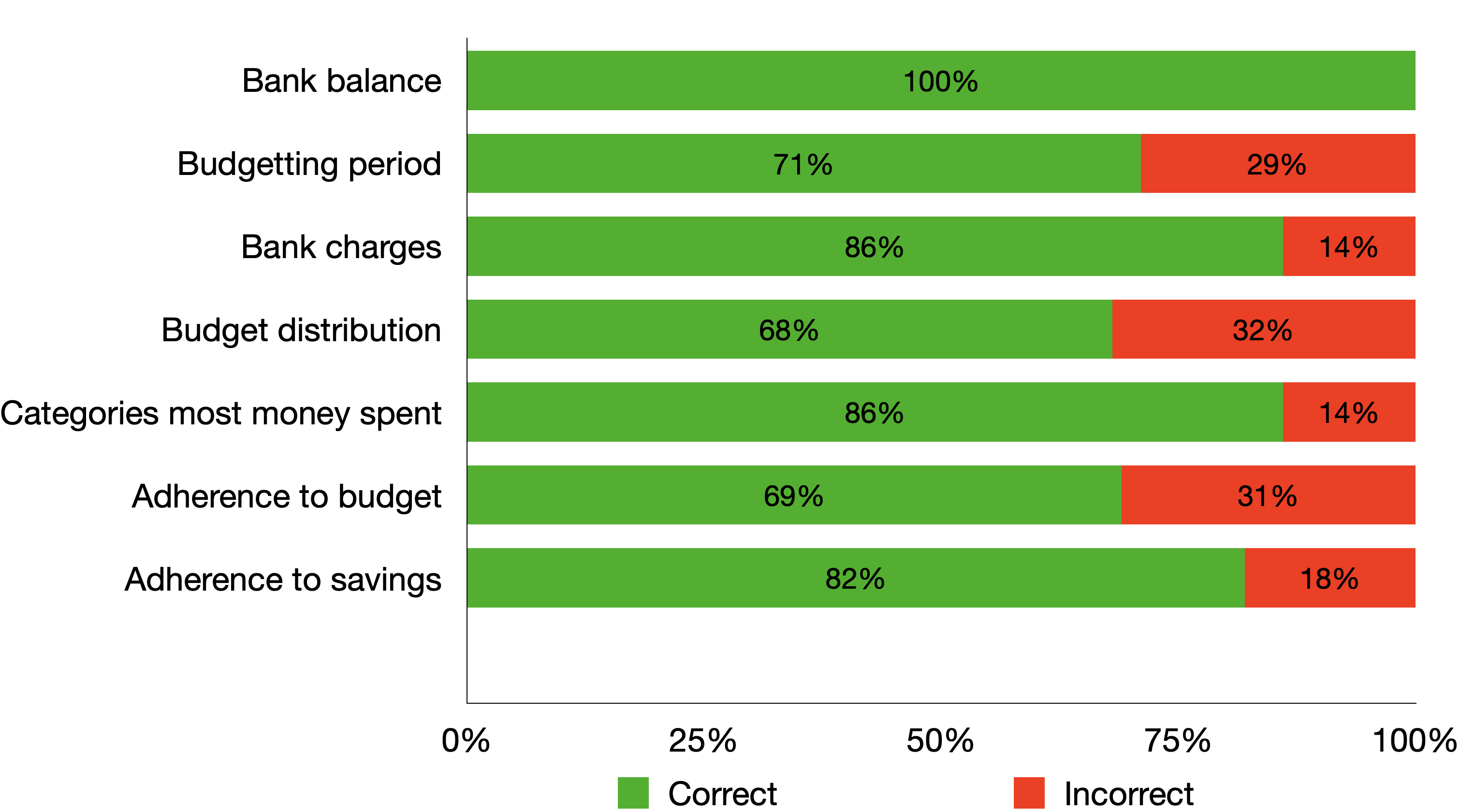Verbalising of Numbers
The task of verbalising numbers in an agglutinating language such is isiZulu is dependent on the object (noun) being qualified. Numbers are adjectives and isiZulu adjectives have the from concord+stem [6]. The noun being qualified determines the concord of the adjective. Each noun belongs to a noun class and information derived from that noun class is used to form the correct concord. Information that can derived from the noun classes useful for verbalising numbers includes but not limited to, prefixes, possessive particles and pronouns.
The example on the right demonstrates the verbalisation differences between isiZulu and English. We can see in the example that verbalisation of the number in isiZulu is affected by the noun being qualified, resulting in formation of concord "eziy" while in english this is not the case. Another subtle difference is the order of verbalisation, noun followed by number in isiZulu and vice versa for English [6] .
Read research paper, for comprehensive set of rules used. Java algorithms were built following these and other grammar rules.









